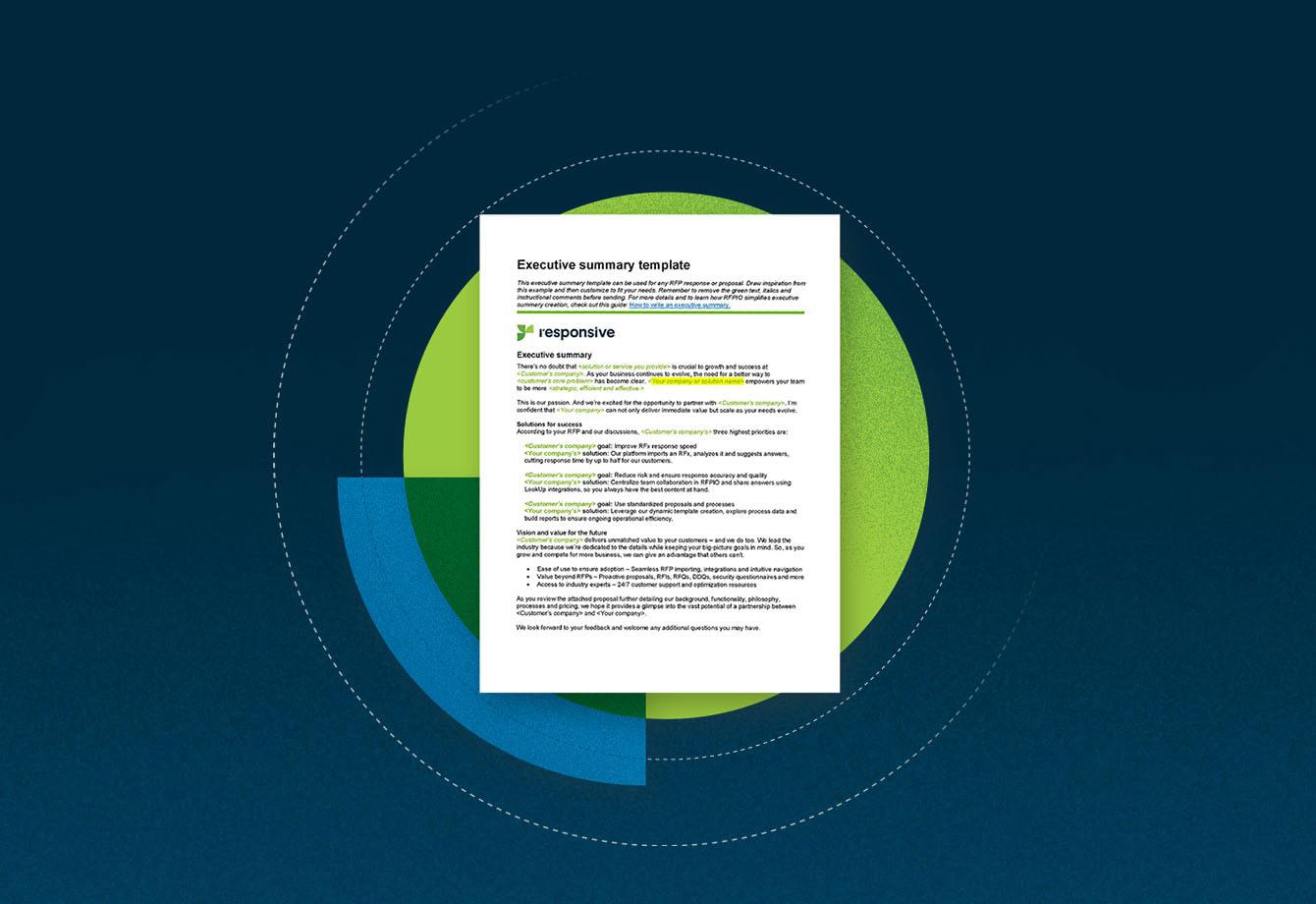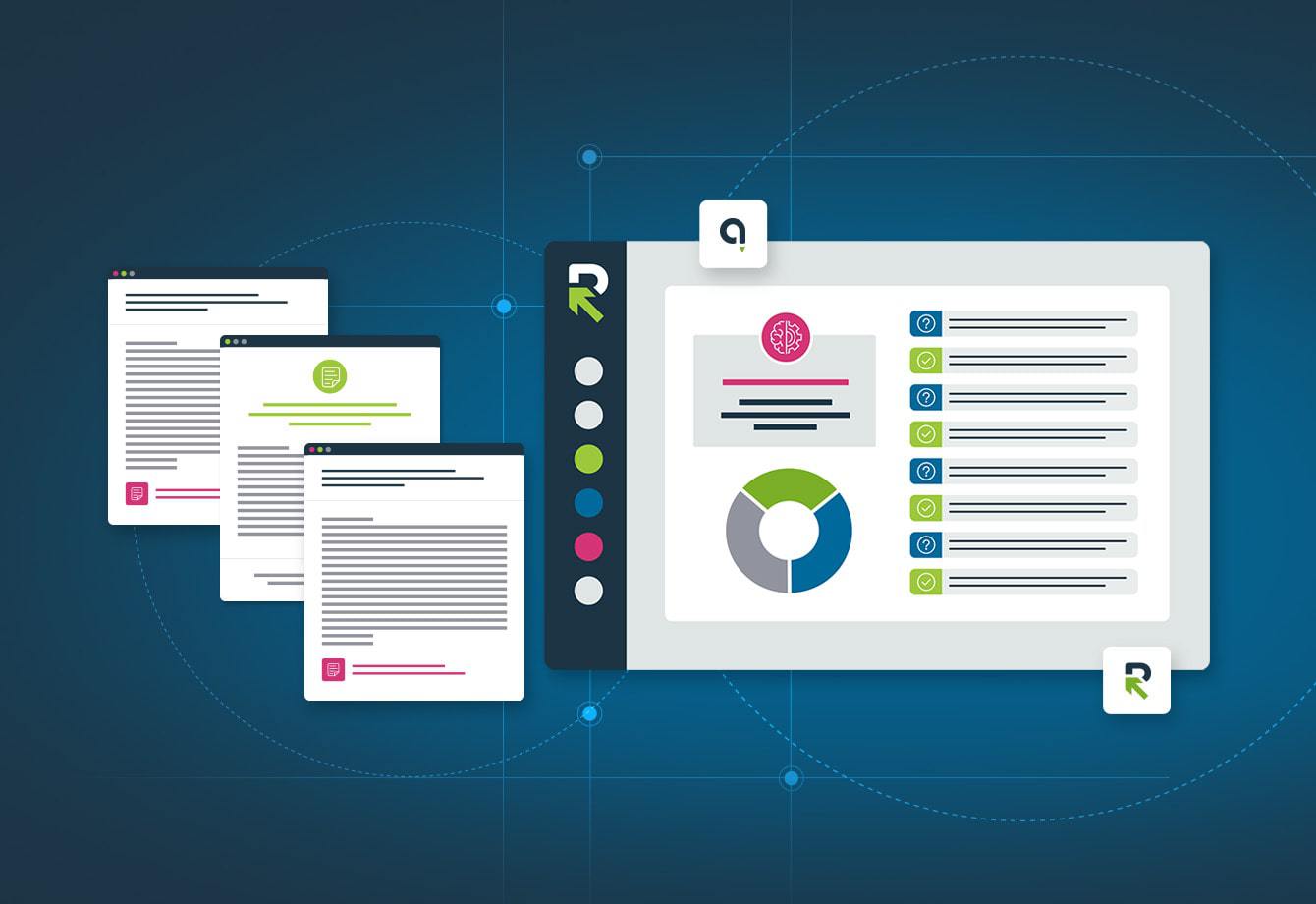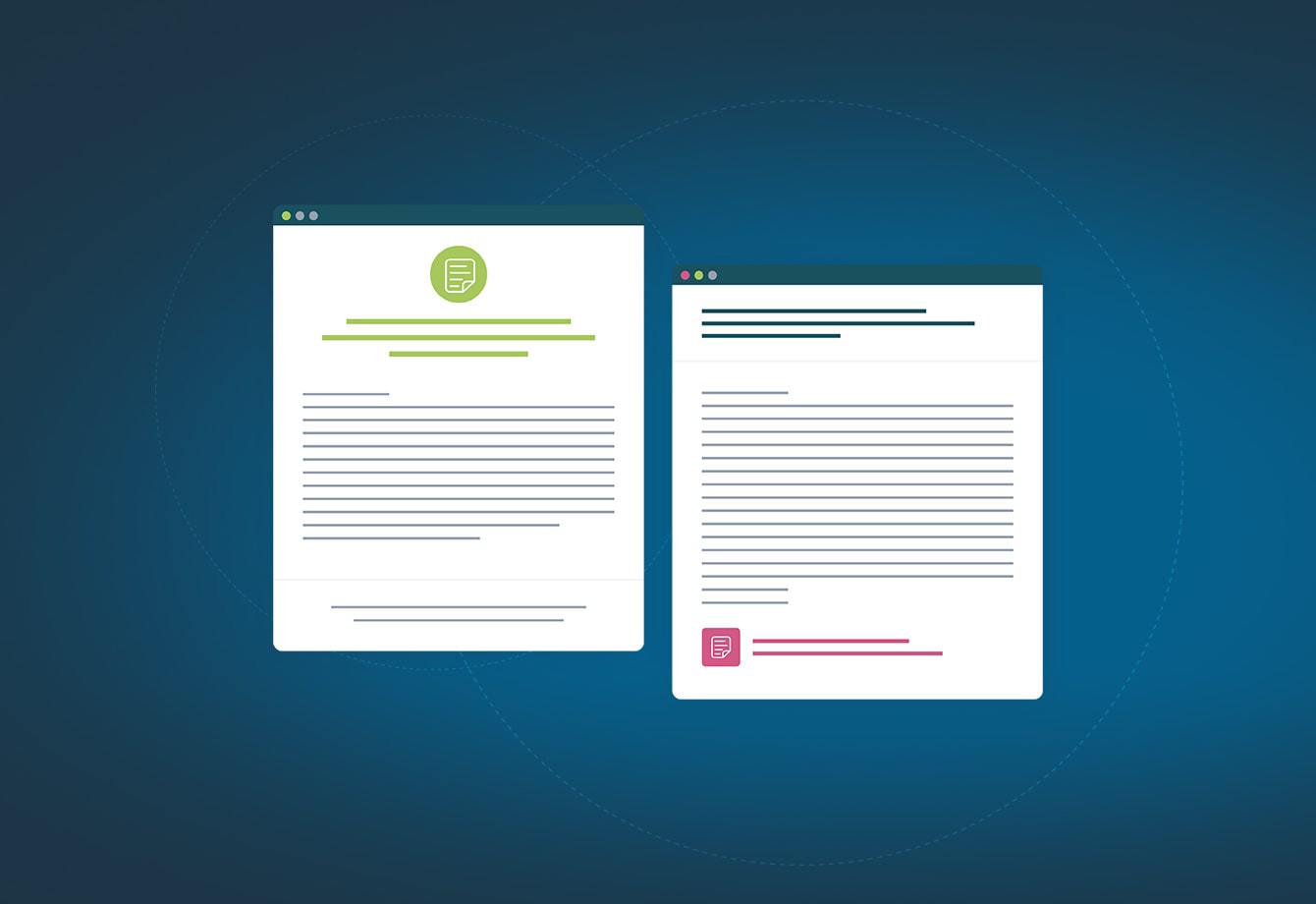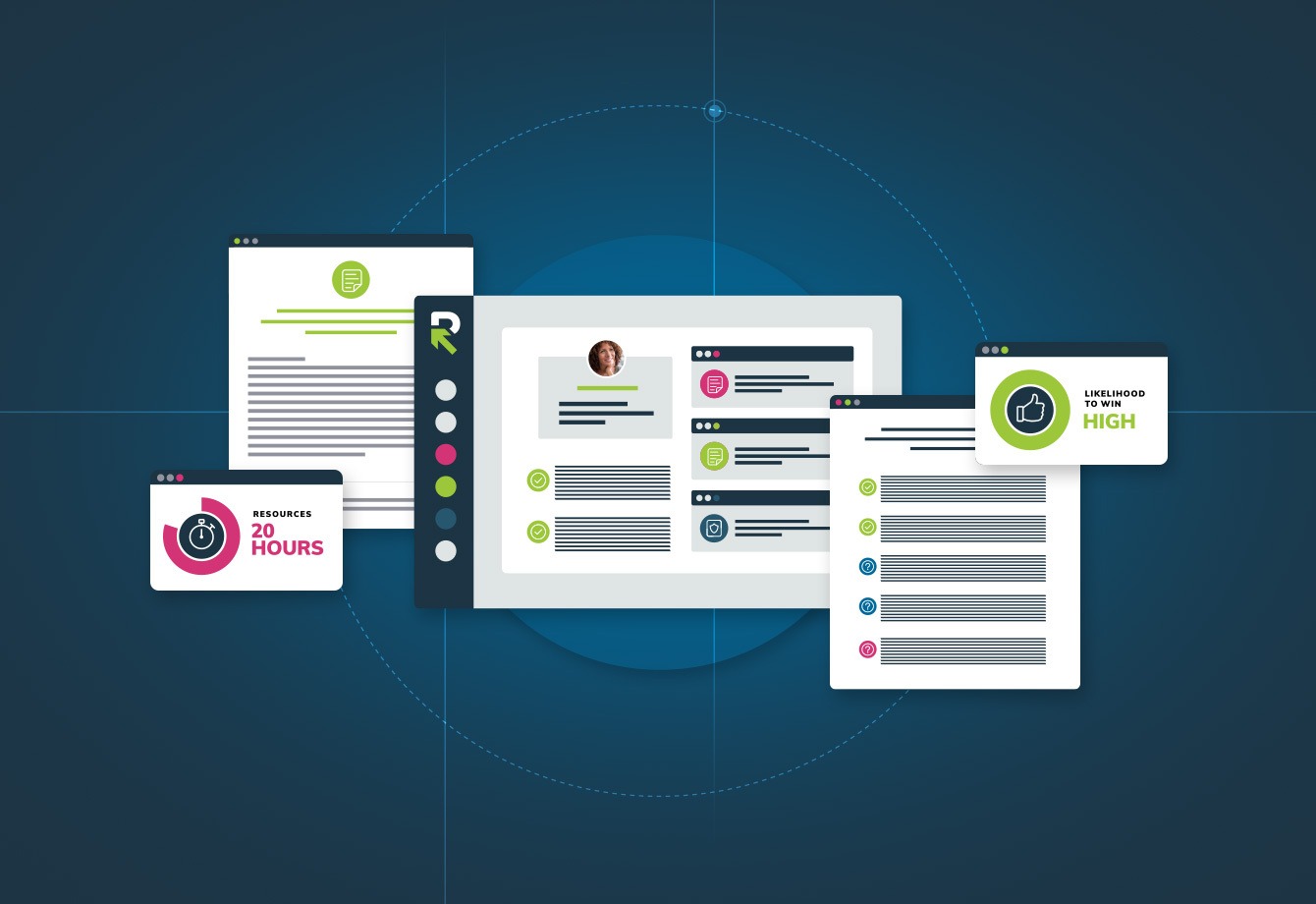
Start Responding Like a Pro
The Responsive blog is full of insights and best practices, giving you the tools you’ll need to streamline your process and respond with confidence.
Featured Post

RFP response trends & benchmarks
Product & Best PracticesResponding to RFPs (Requests for Proposals) and other critical, often complex information requests has long been a proven method for […]
Category: Tag: RFP response


Request for proposal executive summary: Example, template & tips
Selling & Enablement
RFP best practices — Content and process tips
Selling & Enablement
Brand storytelling in RFP responses
Templates & guides
Proposal automation guide: Benefits, uses, tips & software
Selling & Enablement
How to impress with your RFP presentation
Vendor Assessment
33 of the best RFP examples: Explore sample RFPs by industry
Sales Enablement, Templates & guides
Understanding the RFP response process
Selling & Enablement
RFI vs RFP vs RFQ: What’s the difference?
Templates & guides
How to find RFPs and win them
Selling & Enablement
Everything you need to know about healthcare RFPs
Products/Features/Solutions
RFP response resource guide
Selling & EnablementSee how it feels to respond with confidence
Why do 250,000+ users streamline their response process with RFPIO? Schedule a demo to find out.